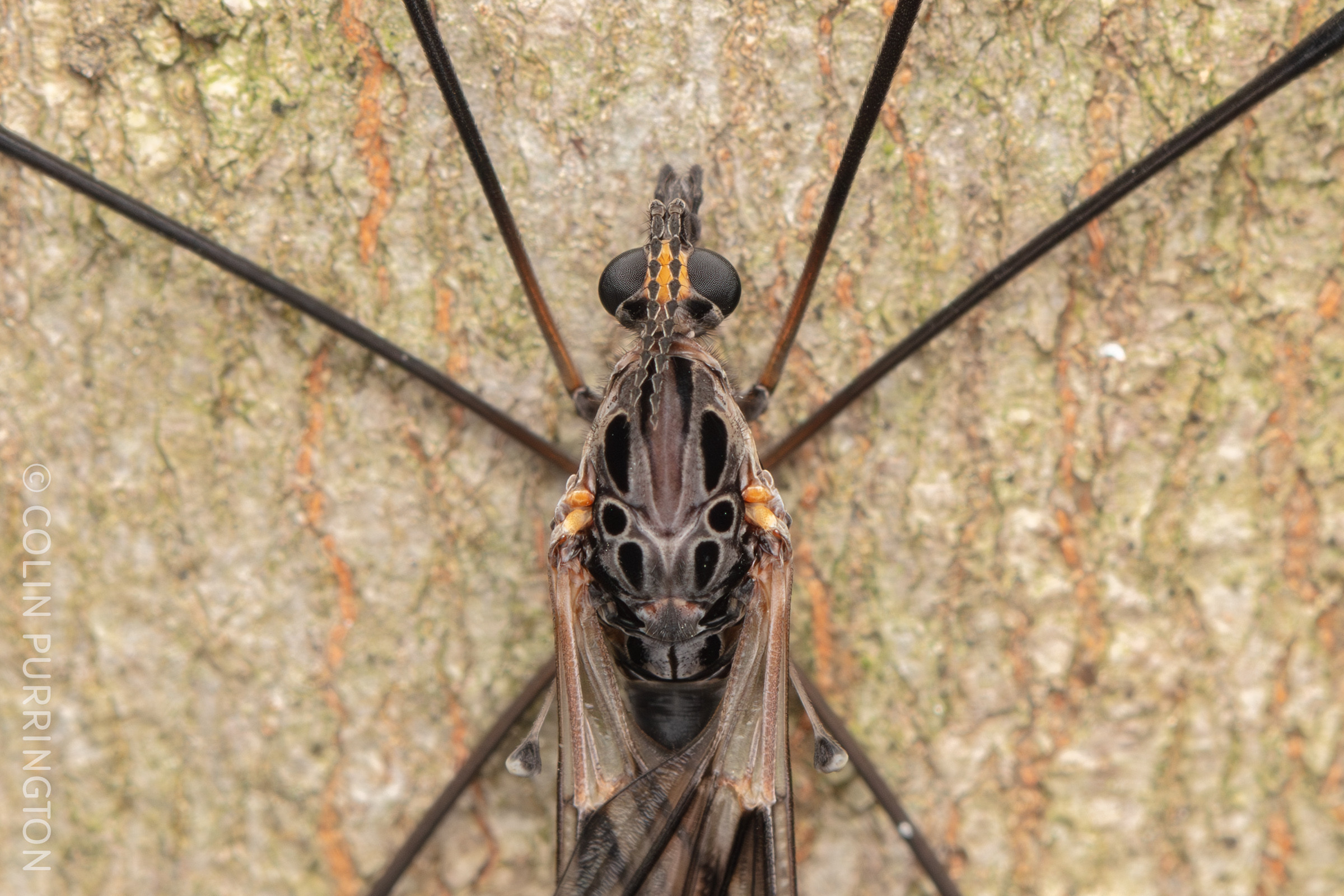Giant crane fly (Tipula abdominalis). If you include the legs it was approximately 5 inches in length, so definitely a fly of unusual size (FOUS). I've cropped the image to show how pretty the thorax is. #diptera #cranefly #flies #entomology #tipula #tipulidae #insects #nature
First-ever documented case of a plant mimicking ants to attract pollinators https://phys.org/news/2025-09-documented-case-mimicking-ants-pollinators.html
Olfactory floral #mimicry of injured ants mediates the attraction of kleptoparasitic fly #pollinators https://www.sciencedirect.com/science/article/pii/S0960982225011261
"Vincetoxicum nakaianum (a #dogbane species native to #Japan described only a year ago) mimics the smell of #ants attacked by #spiders. This scent attracts #flies that feed on these injured #insects and pollinate the #flowers in the process."
First-ever documented case of a plant mimicking ants to attract pollinators https://phys.org/news/2025-09-documented-case-mimicking-ants-pollinators.html
Olfactory floral #mimicry of injured ants mediates the attraction of kleptoparasitic fly #pollinators https://www.sciencedirect.com/science/article/pii/S0960982225011261
"Vincetoxicum nakaianum (a #dogbane species native to #Japan described only a year ago) mimics the smell of #ants attacked by #spiders. This scent attracts #flies that feed on these injured #insects and pollinate the #flowers in the process."


